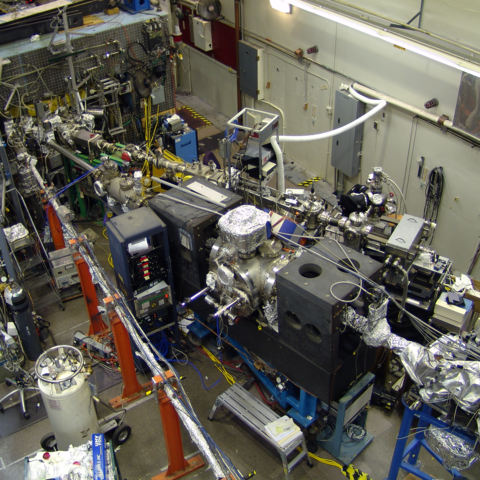
When the surface of the Sun erupts, it emits dangerous particles that can knock out GPS and communication links on our planet, but the rain of particles from a solar storm can take a few hours or days to arrive. What comes in quicker? Light.
As an early warning system for disaster preparedness, NASA and NOAA use an instrument called a coronagraph to measure light coming from the hottest visible part of the Sun, the solar corona, which is located outside of the Sun’s central disk. The coronagraph blocks the intense light from the central disk so that researchers can easily see any violent solar storms in the corona.
Another way to study the corona and dynamics leading to solar storms is to look in the extreme ultraviolet (EUV) region of the light spectrum. Since only the corona is hot enough to emit it, instruments tuned to be sensitive to EUV can see beyond light from the much cooler solar disk. These instruments come to NIST’s synchrotron ultraviolet radiation facility (SURF), where we check them against the light radiating from charged particles in our accelerator.
Here comes the Sun ... and when it does, we’re prepared.
Follow us on social media for more like this from all across NIST!

